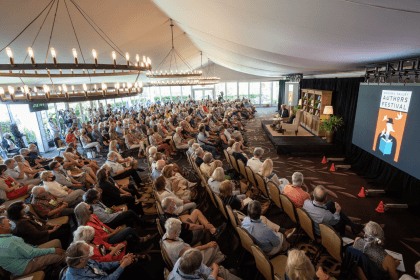
Anticipating the writer’s visit to Sonoma for the Authors Festival, August 26-28, the Sun’s Anna Pier sat down with Mary Roach to explore what goes into her books, including six New York Times best-sellers…
Have you always wanted to be a writer? Not at all. I disliked writing term papers so much that if anything, I was thinking of never writing again.
Tell me your background. I grew up in New Hampshire, and after not fitting in at a sort of preppy high school, I just loved Wesleyan University, with its eclectic student body, where individuality was valued and encouraged. After graduating in psychology, I came out to San Francisco. I worked a couple years as a freelance copy editor, then in PR for the SF Zoo. And I freelanced articles for local paper Sunday magazines. As my editors moved on to bigger magazines, they took me along with them.
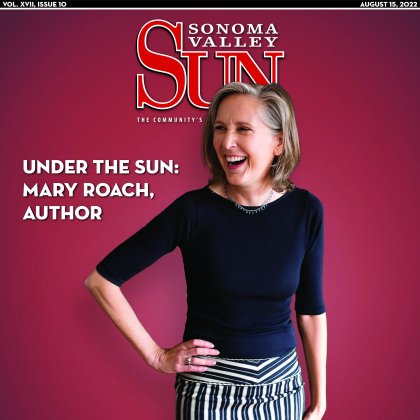
So you were writing full time for magazines. Yes, and I was developing my voice, my genre. But in the late ’90s magazines began to sputter out, and travel budgets evaporated, so I switched to books. I started on my first book, Stiff, about human cadavers, in 2000, and it came out in 2003.
How do you describe your books, and what’s your aim with them? I just say
‘nonfiction, not strictly science, not strictly humor’. First and foremost, I want my books to be fun, funny, accessible. And you should always read the footnotes. They are often the most fun part of the books, about things that are tangent to the chapter narrative but very funny. I go out of my way to find interesting bits.
Stiff. Spook. Bonk. Gulp. Grunt. And your latest, Fuzz. Tell me about these signature monosyllabic titles. There was never a plan. Stiff was what I first came up with for the book proposal, and we never found anything better. I like one word titles because people remember them better. We always tried to come up with other titles – my editor, publisher, and I went back and forth endlessly till we settled on Spook. Not just because it was one word, but it seemed best. For all the rest, a word that’s fun, that clues people into the fact it’s going to be a fun read, not a scholarly, exhaustive study. I want a bit of irreverence built into the title. We couldn’t find a shorter title for Packing for Mars. My newest, Fuzz, takes its title from my original proposal. It’s a play on cops as “the fuzz” and animals are fuzzy.
Have you always known you are funny? I don’t think of myself as particularly funny. My husband Ed is naturally funny. When I’m in a conversation I don’t look for a funny comeback. I don’t process a conversation that way. I didn’t set out to be a funny writer, I enjoyed making material fun for the reader. My ability to make something funny depends on what I gathered in, reported, what I witnessed. Not everything is funny. I need to set myself up selecting what will be the topics for these 12-15 chapters. My topics are broad – only some will lend themselves to a humorous treatment.
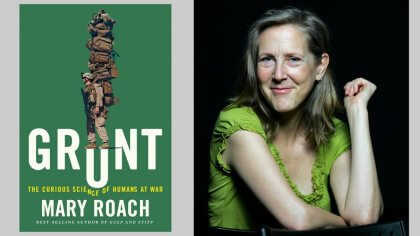
How do you decide on a book topic? The way I land on a topic is fairly random. For instance for Grunt, where I look at “the science of humans at war,” I happened to read something about an officer who was a military pathologist. He led a study of how if first aid had been applied differently, the person might have been saved. The military of course has a huge budget, and there’s a huge research section that includes, counter-intuitively, life-saving work. For example, the “chicken gun” that was developed to test how to avoid military jets killing wild birds.
What’s the process of creating your books? It’s similar to documentary filmmaking. I have a theme, and I’m looking for location, for scene, for characters.
How do you find the people you interview? Often I locate them through PubNet or Google Scholar; or poking around databases of journals. Sometimes I find them through people I knew from a former book. It gets easier now that I’m better known. When I get in touch with someone I want to meet, I usually send an email, and sometimes one of my books. If you have a genuine curiosity about what people are doing, they respond.
It seems persistence is important. It’s a job requirement. For instance, for Bonk, subtitled “The Curious Coupling of Science and Sex,” I spent two years wheedling and conniving my way behind the closed doors of sundry places that study sexual physiology. From labs to brothels to Dr. Kinsey’s attic, a pig farm and even to R&D labs that test sex toys. That’s how the book brings you answers to the questions Dr. Ruth never asked. And for Grunt, as soon as I had my topic, I thought it would be a good idea to get approval from above, from the Public Affairs office of the Defense Department. A “SecDef” clearance. I spent a lot of time at Walter Reed, and at the military morgue in Dover Air Force base. It took a year to get permission to get on a nuclear submarine to look at sleep deprivation.
Hobbies? None. What I mostly do is work on my books and hang out with my family and friends. I do enjoy birdwatching – but not so much the hours. I go hiking and backpacking. I play Scrabble and watch the late-night show “Animal Planet” about really horrific and interesting animals. And I love overseas supermarkets. I travel a lot for my books.
Where have you traveled? So many places. Madagascar. Tokyo. To Food Valley in The Netherlands for Gulp; to Star City outside Moscow and to Devon Island in the Arctic for Mars; to England and Canada for Spook; to Cairo for Bonk. For my newest book, Fuzz, I traveled to the Vatican City, to the Otago Peninsula on New Zealand’s south island, and to India. For the book I’m currently working on I went to Mongolia, but that won’t tell you what it’s about. That’s a secret.
Where and when do you write? Any given week I am working on a chapter, in my office, in a cafe.
Do you ever get writer’s block? Yeah, I often spend a lot of time on the first couple paragraphs of a chapter. When I nail that, it gets things rolling. Not so much “block” as constipation. I go for a walk – helps loosen things up, to stick with my metaphor. I never spend weeks unable to face the blank page. All the books drove me crazy at some point. And in the end, I felt satisfied with each one. The challenge and the frustration is necessary to pull it off.
Sonoma Valley Authors Festival
The 5th annual literary event convenes acclaimed, compelling, and best-selling writers – fiction, non-fiction, you name it – August 26-28 at the Sonoma Mission Inn. The packed schedule features live events and break-out sessions with the likes of Dave Barry, Marcy Roach, Tracy K. Smith, Chris Gardner, Amy Zegart, David Eagleman, and many more. Plus, a free public reading on Sonoma Plaza on Saturday afternoon, with Roach and novelist Amor Towles, on August 27. Svauthorsfest.org


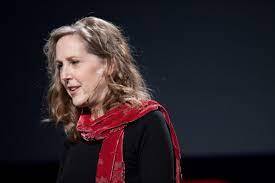
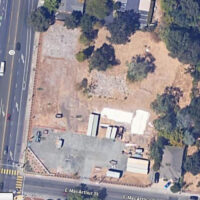

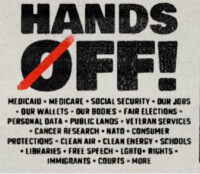
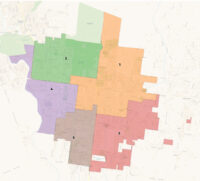
Be First to Comment